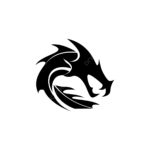Page 1
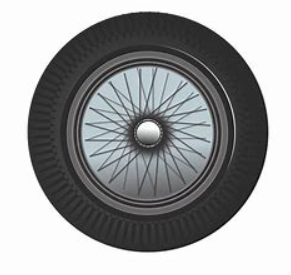
Technical description of a Car wheel
Cristiam Cruz
Writing for Engineers
S-378 – R
Professor Davidow
Page 2
Table of Contents
Introduction Page 3-6
Function and Origin of the car wheel
Page 3-4
Evolution of the car wheel
Page 4-6
Description of a Wheel Page 7-13
Different types of car wheels
Page 7-8
Components of a car wheel
Page 9-13
Conclusion Page 13
References Page 14-15
Reflection Page 16-18
Page 3
Introduction
The wheel is a tool and a component used by humanity for thousands of years. It is an invention that revolutionized the transportation of goods and people around the world with the help of creations like the train or trucks that have facilitated construction or any heavy task, also moving food, clothes, or any other good that wants to be marketed but needs to be transported to other locations for its distribution, additionally; the creation of cars that have improved the way people move around cities, helping them get to places faster. All of this is only possible because of the wheels.
A car wheel works by reducing friction instead of just sliding on the ground. It does so by rotating around a solid rod called a shaft. This fact implies that the only friction the tire must overcome is between the relatively smooth inner surface of the wheels and the equally smooth outer surface of the axles, which they revolve around at the intersection of the wheel and axle.
The wheel’s origin is uncertain to this day, but is known that humans have used wheels since around 3500 BCE during the Chalcolithic era. There’s a lot of mystery about when the wheel was created. For example, Poland is home to some of the earliest known representations of wheeled carts makes historians believe wheels came from there. Others believe that it comes from Ukcarne like the “Indologist Asko Parpola suggests that the wheel originated with the Tripolye people in modern-day Ukraine, as the word ‘wheel’ is derived from their language.” (INTERESTING ENGINEERING, 2023).
Every decade, the car wheel has evolved to be a more complex and resistant component and tool that helps civilizations improve and evolve along with them. The changes in wheels every year make them more useful and functional This came to be seen in the change of design and engineering.
Here are some examples of this evolution through time:
Page 4
The first wheel was the primitive Solid Wood wheel created in 3500 BCE. The first wheels were solid wooden disks that were formed by joining planks or carving logs. These were mostly utilized in Mesopotamia and were hefty but useful for transporting.
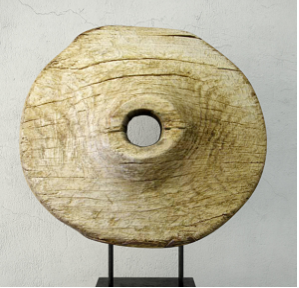
Figure 1. Primitive Solid Wood Wagon Wheel
(cgtrader, 2017)
Spoke wheels were created in 2000 BCE in Egypt. Spoked wheels, which were lighter and more effective, began to appear in chariots. Because they were lighter, they could move more quickly, which was very useful in combat.
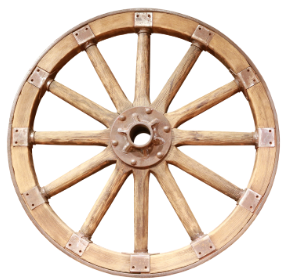
Figure 2. Spoked wheel
(int, 2018)
Page 5
Created around 1000 BCE, Wooden wheels were strengthened by the addition of metal rims such as iron or bronze, which increased their longevity and made them more appropriate for difficult terrain.
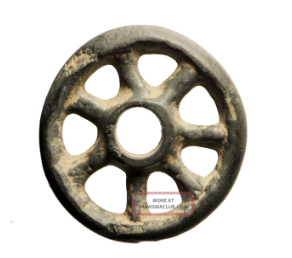
Figure 3. Metal-Rimmed Wheel
(makkaby, 2012)
Solid rubber wheels were popular in the 1830s when Charles Goodyear invented vulcanized rubber, which improved grip and reduced shock.
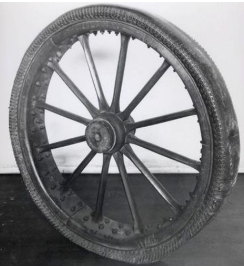
Figure 4. Rubber Wheels
(Bite Sided Britain, 2023)
Page 6
Tubeless tires became normalized for contemporary cars because they improved performance and decreased the chance of punctures by doing away with the inner tube.
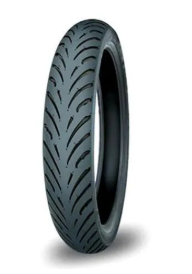
Figure 5. Tubeless tires
(IndiaMART, 2022)
Self-inflating tires, airless tires like Michelin’s Uptis, and smart tires with built-in sensors to track pressure and road conditions are examples of recent advances.
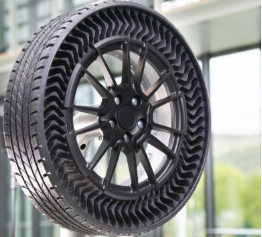
Figure 6. Smart & Airless Tires
(Smart & Airless Tires, 2019)
Page 7
Description of a wheel
There are 5 types of car wheels: steel wheels, alloy wheels, forged wheels, cast wheels, and chrome wheels; each one has its own manufacturing creation that makes each one unique and makes the difference when it comes to the value of each one, lower or higher.
Here are the differences between each type of wheel:
Steel wheels are made of pressed steel, these wheels are heavy but strong and affordable.
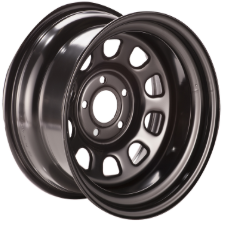
Figure 7. Steel wheels
(ETB, 2020)
These wheels are made of a combination of aluminum and other metals, which makes them lighter than steel and enhances performance.
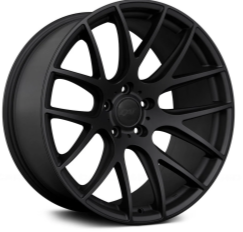
Figure 8. Alloy wheel
(CARID, 2001)
Page 8
Forged wheels are lighter and stronger than cast wheels because they are made by compressing and bending metal under intense pressure.
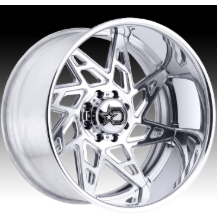
Figure 9. Forged wheels
(Custom Wheels Express, 2017)
These are less expensive but marginally weaker than forged wheels and are made by pouring molten metal into a mold.
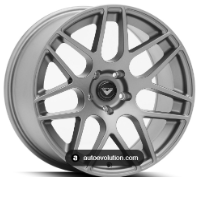
Figure 10. Casted wheels
(autoevolution, 2017)
Not a substance in and of itself, but a chrome-coated steel or alloy wheel that has a gleaming, reflective surface.
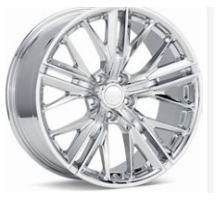
Figure 11. Chrome Wheels
(BB WHEELS)
Page 9
The car wheel and axle system consists of 13 parts. These parts are perfectly designed to work in unison to make the car move efficiently. Each part is essential to the vehicle’s performance. The wheel is the most important component, and each of the 13 parts has a meaning that makes it part of a wheel.
Here is each part of the wheel and axle of a car:
Tires are the most important part of your car’s wheels. The inner components of the wheel are shielded by the ring-shaped tires, which are typically made of carbon black, rubber, or other synthetic materials(Meta Mandate, 2021).
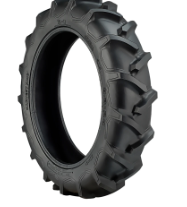
Figure 12. Tire
(SIMPLETIRE, 2019)
The wheel contains the rim, while the rim is a component of the wheel. Nevertheless, the inner component immediately after the tire is the rim. Additionally, sturdy metals like steel are usually used to make it(Meta Mandate, 2021).
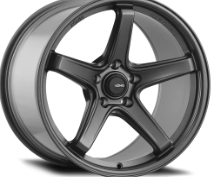
Figure 13. Rin
(CARSOME, 2022)
Page 10
The hub is the wheel’s core component. The metal studs in the center set it apart. These calipers aid in attaching the hub to the axle of the vehicle and, hence, the rest of the wheel(Meta Mandate, 2021).
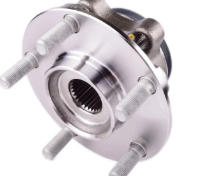
Figure 14. Hub
(Your Mechanic, 2017)
The hub’s primary component and the foundation of the wheel’s fundamental structure are the wheel bearings. This is because they serve as the real connectors between the wheel and the axle of the vehicle(Meta Mandate, 2021).
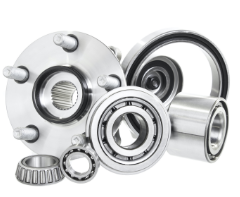
Figure 15. Wheel bearings
(Carparts, 2021)
Flanges are the edges of your tires. They have beads in them. The flanges and beads work together to keep your automobile steady as it traverses various terrains(Meta Mandate, 2021).
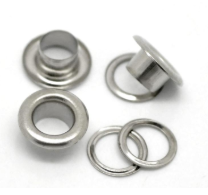
Figure 16. Flanges and beads
(EYELET, 2017)
Page 11
The valve system is in charge of keeping an eye on your tires’ inflation and deflation(Meta Mandate, 2021).
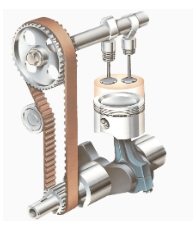
Figure 17. Valve System
(HOW Cars Work, 2017)
The CV joints in an automobile facilitate the unrestricted movement of its limbs. This is because CV joints connect the vehicle’s wheels and transmission. As a result, the tires can move and rotate completely(Meta Mandate, 2021).
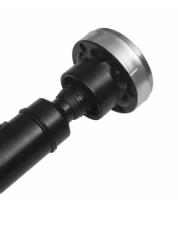
Figure 18. CV Joints
(eBay, 2023)
The primary parts of the axle are kept in the housing. Because of this, the housing is usually composed of strong metals that can tolerate any challenging road conditions(Meta Mandate, 2021).
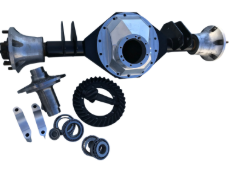
Figure 19. Axle’s Housing
(Innovative, 2022)
Page 12
The axle component that keeps the vehicle balanced when the front and rear wheels are spinning at different speeds is the differential(Meta Mandate, 2021).
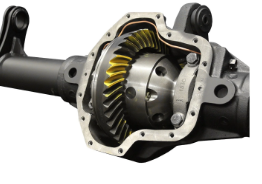
Figure 20. Differential
(FUSION, 2023)
The short CV shaft and the propeller shaft. Both driveshafts have identical tasks but are placed in distinct positions inside the axle’s housing(Meta Mandate, 2021).
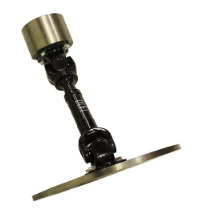
Figure 21. Driveshafts
(WandC, 2018)
The smallest and most important component of the axle is the gasket. This is because they finish connecting the driveshafts, differentials, axle housing, and transmission of the vehicle(Meta Mandate, 2021).
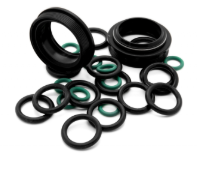
Figure 22. Gaskets
(CANNON, 2023)
Page 13
To guarantee that the tires are securely attached to the wheels, mounting humps are crucial. This results from the sloped curvature of the hump(Meta Mandate, 2021).
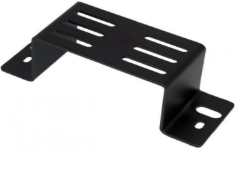
Figure 23. Mounting Humps
(RTW, 2021)
Situated in the middle between the front and back, the transfer case is a component of the vehicle’s axle(Meta Mandate, 2021).
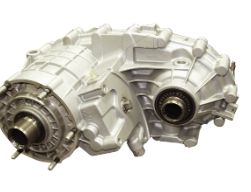
Figure 24. Transfer Case
(QUALITY GEAR. 2018)
Conclusion
One of the most significant inventions of mankind, the wheel, thoroughly changed human transportation, creating unprecedented efficiency in human movement and the transport of goods. The wheel, in its earliest known form, an unvarnished solid (wood) disk, was invented around 3500 B.C.E. in Mesopotamia. From that primitive form, the wheel has evolved continuously alongside human civilization, each improvement inscribing a new chapter in the contemporary history of human society, vehicle dynamic system performance, and the road safety of its denizens. The wheel of tomorrow will infuse still bigger changes into these scenarios as it achieves new unprecedented chapters in contemporary wheel history
Page 14
References
Bing Videos. (Oct 3, 2021). The fascinating history and evolution of the wheel. Retrieved from Bing Videos Bing Videos
Meta Mandate. (n.d.). 13 parts of a car wheel and axle: Names? (+ graphic). Retrieved from Meta Mandate
Element Wheels. (n.d.). Different types of wheels. Retrieved from Element Wheels
Intella Parts Company, LLC. (n.d.). History of the wheel. Intella Parts Blog. Retrieved from Intella Parts Blog History of the Wheel Intella Parts Company, LLC – Intella Parts Blog
(n.d.). Outstanding ancient Celtic ring proto money – Rouelle or wheel money 1000 BC. Retrieved from Outstanding Ancient Celtic Ring Proto Money – Rouelle Or Wheel Money 1000 Bc
Bite-Sized Britain. (n.d.). Robert Thomson – the Scotsman who first patented pneumatic tires – Invention. Retrieved from Bite Sized Britain
IndiaMART. (n.d.). Tubeless tire at ₹ 1950/piece | New items in Delhi. Retrieved from IndiaMART
Michelin. (2019). Michelin, GM presents new airless wheel technology for passenger vehicles. Retrieved from Michelin
Science of Wheels. (n.d.). How do wheels work? | Science of wheels and axles. Retrieved from [Science of Wheels] How do wheels work? | Science of wheels and axles
ETB Tyres. (n.d.). Tires, servicing & MOT | Book online. Retrieved from ETB Tyres
DAI Alloys®. (n.d.). DW48 Autobahn wheels – Satin Black rims. Retrieved from DAI Alloys
DropStars. (n.d.). Forged F60P Polished Custom Wheels Rims – F60P – Discontinued DropStars Custom Wheels. Retrieved from DropStars
autoevolution. (n.d.). Vorsteiner debuts CS-01 1-piece cast wheel. Retrieved from autoevolution
Page 15
RTX Wheels. (n.d.). Twist Wheels Rims 17×7 5×114.3 Chrome (PVD) 40mm | 081367. Retrieved from RTX Wheels
SimpleTire. (n.d.). Buy Harvest King Field Pro All Purpose R-1 Tires online. Retrieved from SimpleTire
Carlist. my. (n.d.). 5 popular sport rim brands in Malaysia. Retrieved from Carlist. my
YourMechanic. (n.d.). How long does a wheel hub assembly last? Retrieved from YourMechanic
CarParts.com. (n.d.). What happens when a wheel bearing goes out – In the garage with CarParts.com. Retrieved from CarParts.com
Eyelet Products & Engineering Company. (n.d.). Flanges & beads. Retrieved from Eyelet Products
How a Car Works. (n.d.). The engine – how the valves open and close. Retrieved from How a Car Works
eBay. (n.d.). Driveshaft prop shaft front for Ram 1500 2013-2017 Cab Pickup 4WD 8 Speed GAS. Retrieved from eBay
Cannon Gasket. (n.d.). Rubber gaskets: Their types and use cases. Retrieved from Cannon Gasket
Quality Gear. (n.d.). New process transfer cases – Car, light truck, and heavy-duty automotive parts. Retrieved from Quality Gear
Page 16
Reflection
For this assignment, I carried out an investigation of the invention, evolution, and functions of the wheel and focused on its impact on transportation. I also delved into the technological advancements in car wheels. Writing this piece afforded me the opportunity to develop my research, writing, and critical thinking skills.
I started my inquiry by collecting data from a number of reliable online sources. My focus was on the kinds of credible academic articles and reputable historical websites that, together with some excellent historical resources, could provide a comprehensive picture of the wheel’s history and development. I was also in the market for a suitable going-over of parts and an axle system, with attention to detail, since I wanted to understand both the modern and primitive versions of their construction and function. A source like this can be Bing Videos. (Oct 3, 2021). The fascinating history and evolution of the wheel. Retrieved from Bing Videos Bing Videos talks about the whole history of the wheel.
After gathering my sources, I formed an outline that organized the material into the clear sections of my paper: an introduction, a history and evolution section, a types-of-car-wheels section, a components-of-wheel-and-axle section, and a conclusion. I formed this outline to keep me focused and so I could more easily see how to make the paper flow. I would say that forming an outline is essential to my process.
Page 17
While working on my writing, I use my own words and combine it with my research to explain how the wheel works and its history. Notably, I showcase each sort of wheel and its components, naming specifics that encompass the kinds of materials, the diverse kinds of wheel anatomy, and the myriad usages, all of which were relevant to my case for the wheel’s supreme importance in history.
When revising my writing, I concentrated on clarity of my writing. I zeroed in on correcting grammar issues that I knew I had. I even Googled several grammar rules to make sure I had a solid, working understanding of them. Then, I clarified sentences in my paper that I knew were muddled. After that, I transitioned between paragraphs. I made sure that my transitions were not only smooth but also age-appropriate. Then, I fact-checked my work and made sure everything was cited in APA style.
In the end, I painstakingly went over the whole document to edit and proofread it to ensure that it was without misspelled words, grammatical errors, and problems with formatting. I made sure that the citation style was correct, and I used the APA style for both the in-text citations and the reference page.
Page 18
This assignment instructed me in performing exhaustive research on a topic and then clearly organizing that material in a technical or informative paper. I practiced the APA format, which is crucial for any kind of academic writing. And I took a moment to reflect on how the invention of the wheel, a very simple device, has had such an enormous number of life-changing effects on the progress of human civilization.
